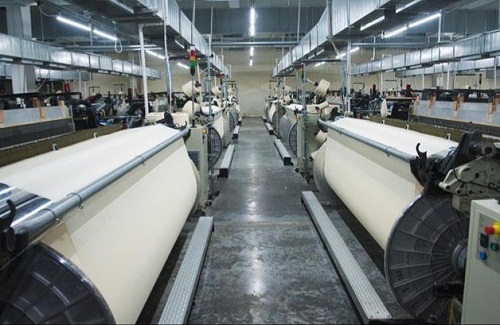 Single largest source of foreign exchange, Pakistan’s textile exports are back on a growth track, says a report by Dawn. Pakistan Bureau of Statistics’ recent figures reveal, from July to October 2020, Pakistan’s textile shipments surged 3.8 per cent to $4.8 billion from $4.6 billion a year ago. The fastest surge was in knitwear, home textiles and denim segments.
Single largest source of foreign exchange, Pakistan’s textile exports are back on a growth track, says a report by Dawn. Pakistan Bureau of Statistics’ recent figures reveal, from July to October 2020, Pakistan’s textile shipments surged 3.8 per cent to $4.8 billion from $4.6 billion a year ago. The fastest surge was in knitwear, home textiles and denim segments.
The factors that helped exports surge include US-China tensions and ongoing supply disruptions induced by the pandemic in India and Bangladesh, says MI Khurram, Chairman, Comfort Knitwear. These factors helped Pakistan grab additional export orders from Europe and America.
Government initiatives
To leverage its growth export potential, the government announced $5 billion investment across the textile chain that would double exports by 2025. It has also launched an energy package for the industry which not only eliminates peak electricity rates but also offers reduced tariffs on additional power consumption besides fixing power price at $0.07 a unit and gas tariff at $0.065mmbtu for the export industries.
has also launched an energy package for the industry which not only eliminates peak electricity rates but also offers reduced tariffs on additional power consumption besides fixing power price at $0.07 a unit and gas tariff at $0.065mmbtu for the export industries.
The central bank too has lent a helping hand by reducing interest rates, approving refinancing of wages, deferring payments of the principal amount of loan and providing relief under the Export Financing Scheme (EFS) and the Long-Term Financing Facility (LTFF). Likewise, the State Bank has launched a long-term concessionary financing facility to boost investments in new capacity expansion and up-gradation of technology.
Quality issues impede US exports
Europe is the single largest market for Pakistan’s textiles as demand from the US remains subdued owing to rising infections. However, many manufacturers like Comfort Knitwear are planning to expand their production capacity in the US and increase market share. Until now, Pakistan has not been able to increase its unit prices in dollars due to product quality issues. Most textile exporters in the country are small to medium enterprises who do not have the capacity and wherewithal to improve product quality. Additionally, the cotton grown by them is of poor quality. Unless, Pakistan improves product quality, it will not be able to grow exports, points out Khurram.
Khurram Mukhtar, Chief Executive Officer, Sadeqat, affirms Pakistan is currently the most competitive textile exporting country in the world as it offers both cost and tariff advantages in European and American markets. He expects the demand for value-addition to grow in the country, and urges manufacturers to sustain their increased share in the international market.
Ensure policy support
To double its exports by 2025, Pakistan needs to ensure the current favorable policies are not rolled back in midway, Mukhtar says. However, many exporters advise the government and exporting community to control their optimism as resurgence of virus infections and raw material shortages may reverse the export gains in two to three months. Comparing the unprecedented growth in textile and clothing exports to a windfall, Mukhtar says, whether it will sustain for years or fizzle out within days will depend on how Pakistan directs the industry’s future.












